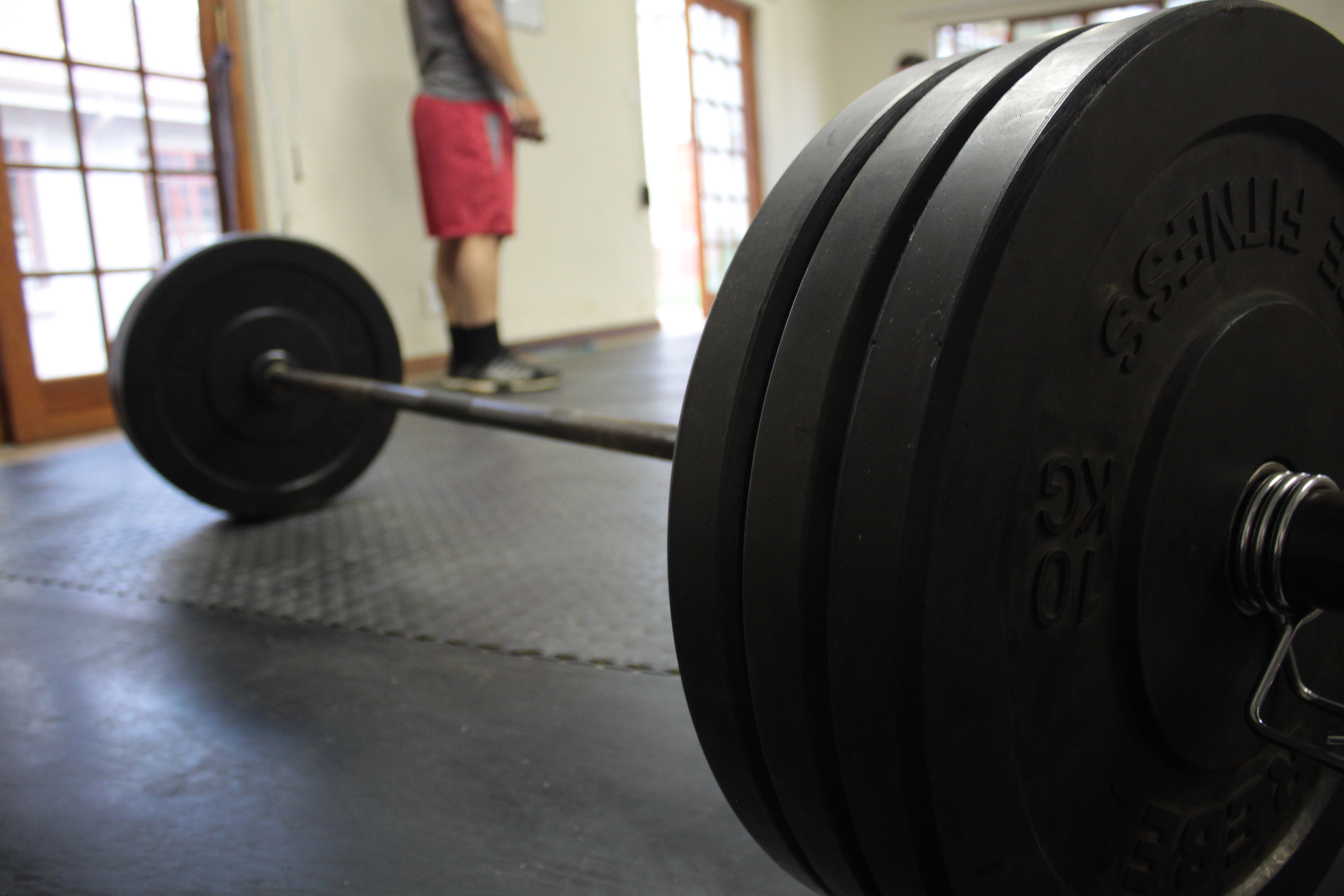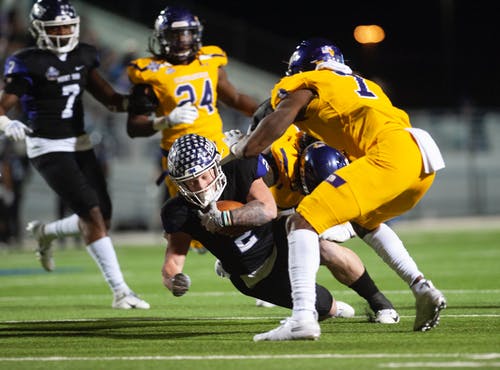Study designed to look at bone characteristics of sprinters as they age. The authors studied 83 male sprinters, aged 40-85, who were at 91-93% of the indoor age group world record in the 60 meter sprint. They also compared these athletes to a reference group of physically active men, aged 31-45.
We see a lot of studies on how age effects the body or about how exercise can be used for aging individuals. It’s very difficult to see what happens to people, as they age, that remain very physically active and competitive. With that in mind, the results of this study are fascinating.
• First, everyone in the study trained. The youngest age group (40-49) had, on average, 27 years of training experience. The oldest age group (70-85) had, on average, 34 years of training experience.
• Every individual studied, regardless of age, trained on average 6-7 hours/week.
• The composition of that training did change with age. The 40-49 year olds reported approximately 2 hours/week of strength training, whereas the 70-85 year olds reported 0.9 hours/week of strength training.
• In terms of performance-related measures, everything delinked with age, but this decline is not linear:
o Comparing the 40-49 year old group with the 70-85 year old group, maximum velocity in the 60 meter sprint declined by almost 23%. However, this decline was 5% comparing 40-49 with 50-59, 6.5% comparing 50-59 with 60-69, and almost 13% comparing 70-85 with 60-69.
o The thickness of the knee extensor muscles decreased by almost 24% comparing 40-49 with 70-85, but this also was not linear with a big decline occurring from 40-49 and 50-59 (almost 13%) and another big decline comparing 70-85 with 60-69 (almost 9%).
o The cross-sectional area of the lower leg muscles also declined with time, almost 20% comparing 40-49 with 70-85 year olds. This also was not linear, with a big decline from 40-49 to 50-59 (al11%) and another big decline comparing 70-85 with 60-69 (almost 11%). There was basically no decline comparing the 60-69 year olds with the 50-59 year olds.
• The authors find that the sprinters at all ages have more bone strength, better bone cross-sectional area, better cortical thickness, and more bone mass in the anterior and posterior directions than the younger control group.
• In terms of hormones, there was no difference in testosterone levels among the athletes as they aged.
Performance declines with time. Some of that is a result of decreases in muscle mass, some is from a progressive loss of fast-twitch muscle fibers, some of that is from factors that we don’t understand. This study does a great job of documenting that decline, but also demonstrates that it isn’t linear in nature. The athletes loss muscle mass with time, despite continuing to train. The nature of their training changes with time – for example, there is less strength training. Some of this is the result of the fact that they cannot recover from training as well as they age, so the nature of the training has to change. It’s interesting that they pretty well maintain their bone strength and testosterone levels as they age (though the oldest individuals in the study have less of both, which you’d expect).
Korhonen, M.T., Heinonen, A., Siekkinen, J., Isolehto, J., Alen, M., Kiviranta, I., and Suominen, H. (2012). Bone density, structure and strength, and their determinants in aging sprint athletes. Medicine and Science in Sports and Exercise, 44(12), 2340-2349.





3 thoughts on “Time Only Goes One Way For Sprinters”
As a Masters Class Sprinter I find the article very interesting . When competing at Major Events it is very obvious that sprinters for the most part look significantly younger and more muscular for their age.
The question that I have, in your opinion are the Master Track Sprinters younger looking because they are sprinters or are Master Age Athletes who are younger looking and more muscular for their age more likely to compete?
I really think that the training keeps you young.
I do agree that training and diet helps keep one young. But genetics always plays a role.
Comments are closed.